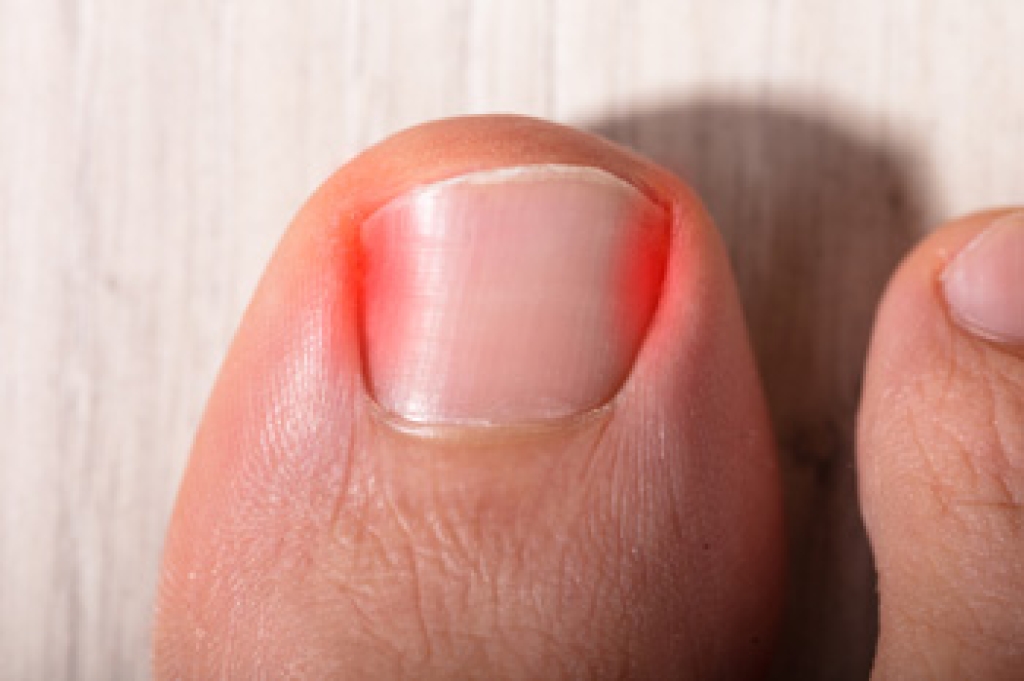
Flat feet occur when the arches of the feet collapse, causing the entire sole to touch the ground. Some people have flexible flat feet where the arch appears when not standing, while others have rigid flat feet where the arch remains flat at all times. Helpful exercises include toe curls, heel raises, and arch lifts to build foot strength and improve support. Massaging the peroneal muscles along the outer lower leg can also reduce tension and improve stability. A podiatrist can evaluate your foot structure, provide targeted treatment, and recommend custom orthotics to support proper alignment. If you have any discomfort from having flat feet, it is suggested that you consult a podiatrist who can offer effective relief, which may include additional foot stretches.
Exercising your feet regularly with the proper foot wear is a great way to prevent injuries and build strength. If you have any concerns about your feet, contact Kenneth Donovan, DPM from Advanced Care Foot and Ankle. Our doctor can provide the care you need to keep you pain-free and on your feet.
Exercise for Your Feet
Exercise for your feet can help you gain strength, mobility and flexibility in your feet. They say that strengthening your feet can be just as rewarding as strengthening another part of the body. Your feet are very important, and we often forget about them in our daily tasks. But it is because of our feet that are we able to get going and do what we need to. For those of us fortunate enough to not have any foot problems, it is an important gesture to take care of them to ensure good health in the long run.
Some foot health exercises can include ankle pumps, tip-toeing, toe rises, lifting off the floor doing reps and sets, and flexing the toes. It is best to speak with Our doctor to determine an appropriate regimen for your needs. Everyone’s needs and bodies are different, and the activities required to maintain strength in the feet vary from individual to individual.
Once you get into a routine of doing regular exercise, you may notice a difference in your feet and how strong they may become.
If you have any questions, please feel free to contact our office located in Charleston, SC . We offer the newest diagnostic and treatment technologies for all your foot care needs.




